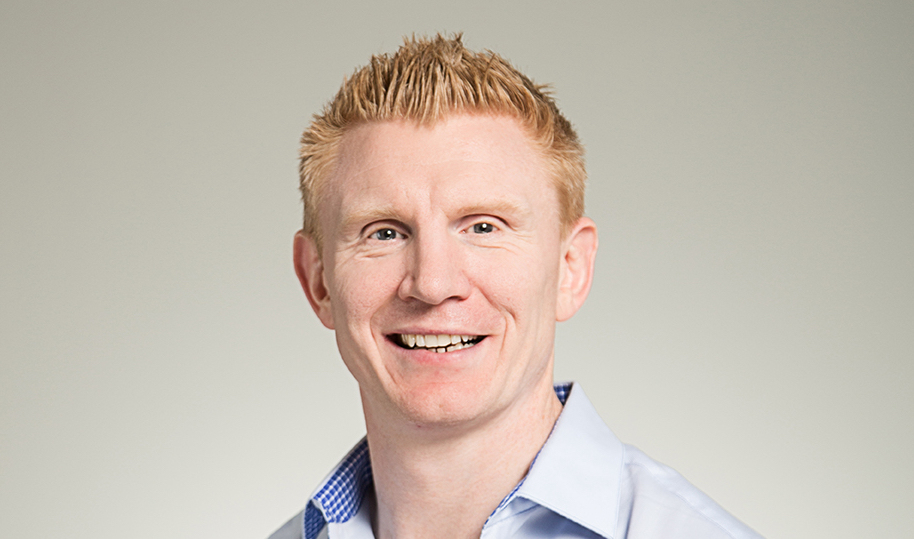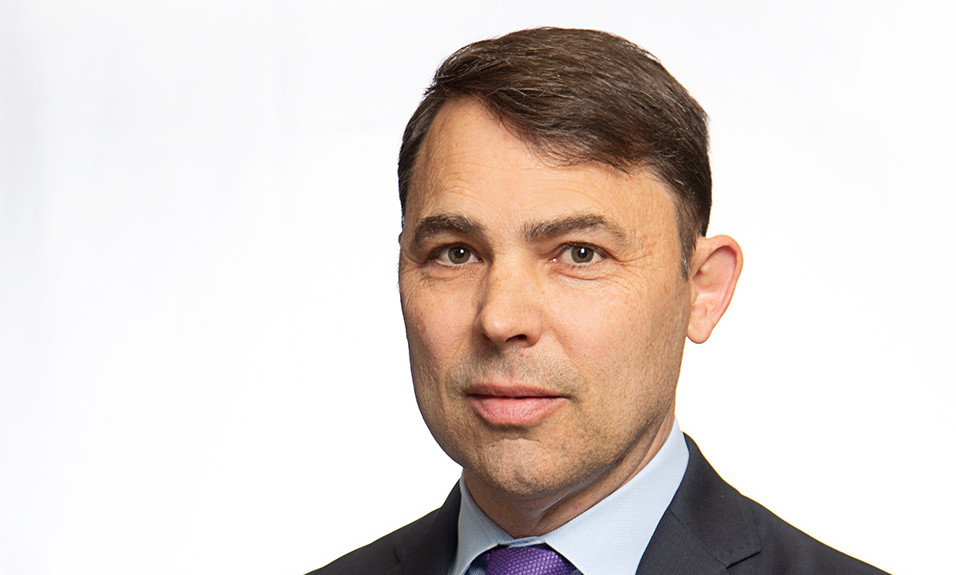Struggling American Addiction Centers (NYSE: AAC) will be restructuring its operations in the wake of earnings reports showing that the provider is bleeding red ink. The restructuring includes the appointment of new executives in the c-suite as well as 100 layoffs, many at the company’s headquarters just outside of Nashville.
CEO and founder Michael Cartwright told Treatment Magazine that the layoffs amount to between 3% and 4% of the company workforce.
AAC’s stock is trading near all-time lows and Cartwright is betting that new talent in the c-suite will right the AAC ship – specifically new operating chief Michael Nanko as well as Stephen Ebbett, who will run marketing.
The company also will be looking at a “strategic alternative” (read: a sale) for its Townsend brand outpatient operations in Louisiana. AAC will also be seeking to merge outpatient and sober living assets in the San Diego marketplace.
Despite losing more than $7M on an operating basis in Q3, AAC says it remains optimistic as it “participates in an addressable market (the treatment market) that management believes is in excess of $30 billion with attractive underlying industry trends, contributing to market growth in excess of 4% per annum”
However, even as demand for services is exploding amid an unprecedented addiction epidemic, the treatment industry is not seeing a corresponding increase in revenues. The problems at AAC, as well as the bankruptcy of industry giant Elements Behavioral, are symptomatic of the difficult operating environment being felt in the industry.
Hundreds of treatment centers, some estimate as many as 800, have closed their doors in recent years. This coming amid intense competition from medical surgical hospitals, who have been building new treatment centers on their campuses at a rapid clip. Also, many new players are employing a local catchment client acquisition model – Brian O’Neill’s East Coast Recovery Centers of America is a key example.
Particularly hard hit have been the treatment center hubs, especially Florida, as the “destination” treatment model – based largely on attracting those with out-of-network benefits – appears to be broken. Insurers are increasingly refusing to pay any out-of-network benefits at all.
And this is occurring as marketing costs skyrocket – particularly Google Ad Sense – putting providers in a vice grip between falling reimbursement and rising expenses.













